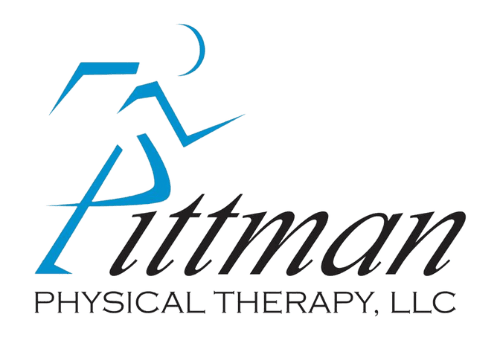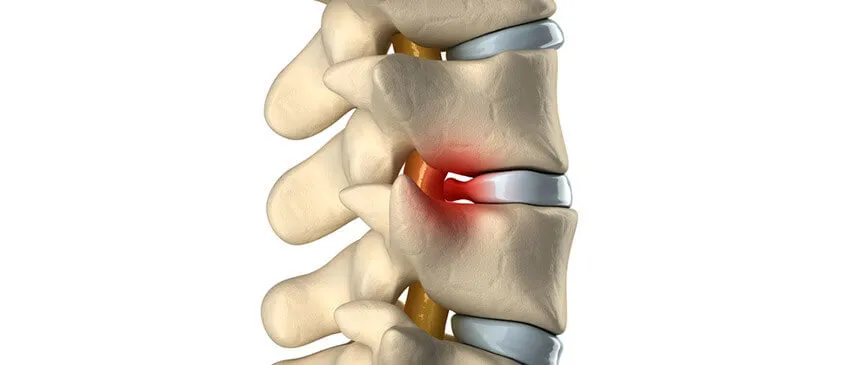Do you experience achy or sharp radiating pain to your shoulder, arm, buttock or leg? This may be an indicator of a bulging or herniated disc in the neck or back. Between each of the vertebrae that make up your spine are small cushions called discs.
Herniated discs are more common in the 30-50 age bracket. A herniated disc is when the material inside the disc pushes outwards, irritating the nerve exiting at that level. This can be on either side of the spine and depending on the nerve affected in the neck or back, can cause radiating pain, numbness and loss of sensation.
Most people are able to relieve their pain from a herniated disc using medications and physical therapy, with improvements seen in about four to six weeks. However, in cases where the pain is very severe, surgery may be used as a last resort treatment.
Here are common treatment options for relieving herniated disc pain:
Relieve inflammation
For mild herniated disc pain, relieve the inflammation to decrease pain. For instance, applying a heating pad or ice pack to the affected area may be a good way to temporarily relieve your pain and reduce inflammation. Take 10-15 minutes twice a day to lie on your stomach with one to two pillows under your hips. If the pain persists even after applying these remedies, it’s important to consult our physical therapists for a thorough evaluation.
Careful movements
It’s important to minimize the pressure on your herniated disc. Avoid wearing high heels, sleeping on your stomach and standing or sitting for long periods of time. Keep your back straight while lifting heavy objects, using knees and hips instead. Avoid repetitive bending or reaching. Also, keep focus on good posture with standing or sitting.
Exercise
There are special exercises and stretches, which help relieve the pain associated with a herniated disc. Our physical therapists can train you on performing these exercises properly to reduce the pressure on the disc and reduce pressure on the spine associated with poor mobility. As your spinal muscles become stronger, the pressure on the disc should lessen, causing the pain to ease.
Seeing a physical therapist
In most cases, seeing a physical therapist relieves the pain associated with a herniated disc and trains your body on prevention of back and neck pain in the future. It’s important to make sure that if you are seeing a physician for your disc problems, that they work in coordination with our physical therapists, so that you can achieve the fastest recovery possible.
Over-the-counter medications
When the pain from a herniated disc is only moderate, an over-the-counter (OTC) pain medication can help relieve inflammation and improve pain. Ibuprofen, acetaminophen and naproxen are a few of the most popular choices for OTC pain meds. Because these provide only temporary relief from pain, a doctor should be consulted before making this a part of your daily pain relief regimen.
Surgery
This option is reserved for only the most severe cases as most herniated discs can be successfully treated with physical therapy and conservative measures. Many herniated disc surgery options are minimally invasive and have high success rates, but the recovery process can be long. If surgery is needed, physical therapy is necessary to rehabilitate your spinal muscles and improve spinal joint function for a full recovery and prevention of further herniated discs, above or below the operated area.
There is much that can be done to relieve your back pain or neck pain from a herniated disc. Physical therapy is the first line of treatment to a successful recovery. Learn more about our back and neck program today by giving Pittman Physical Therapy a call and talking to one of our specialists.



